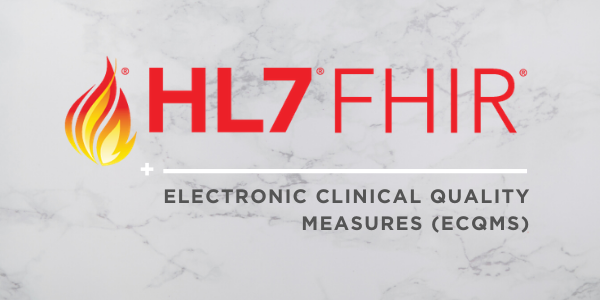Federal health agencies have entered an era where data interoperability-enabled solutions play a critical role. Government leaders can harness the innovative and proven capabilities referenced in this article to deliver on their essential missions.
Background
In 2020, two major events laid the foundation for this era of interoperability.
Pandemic Response: The first was the coronavirus pandemic, which led to unprecedented needs for health data in support of agency missions. Since its start, decision-makers have required more access to and insights from these data (e.g., clinical records, administrative claims, patient experience) than ever before.
Interoperability Rules: The second was the finalization of the ONC and CMS-led 21st Century Cures Act interoperability rules. These mandates substantially expanded agencies’ ability to leverage health data solutions (e.g., algorithms, applications, and automation) at scale.






